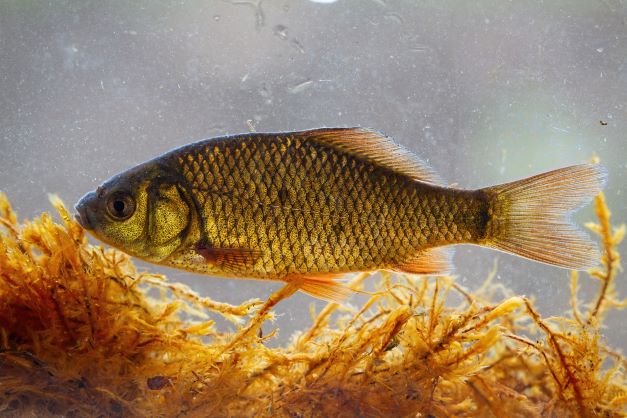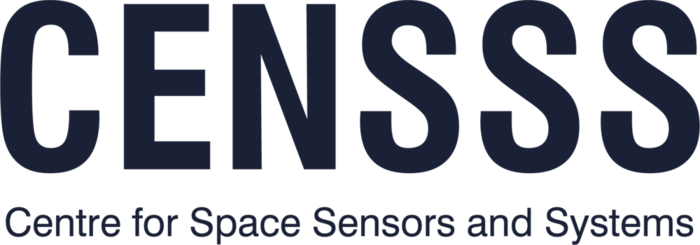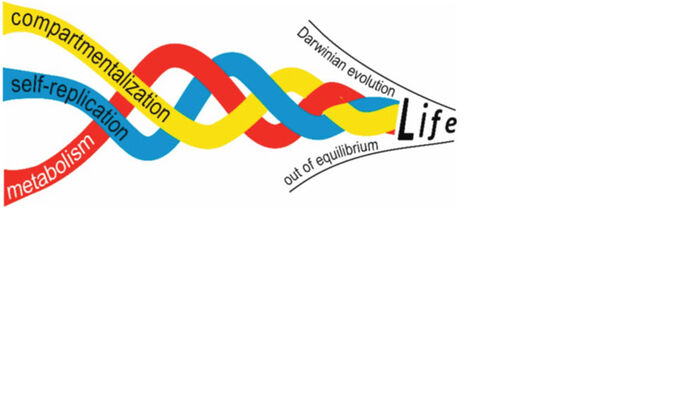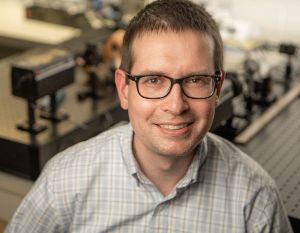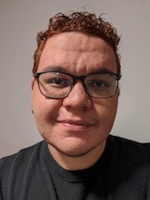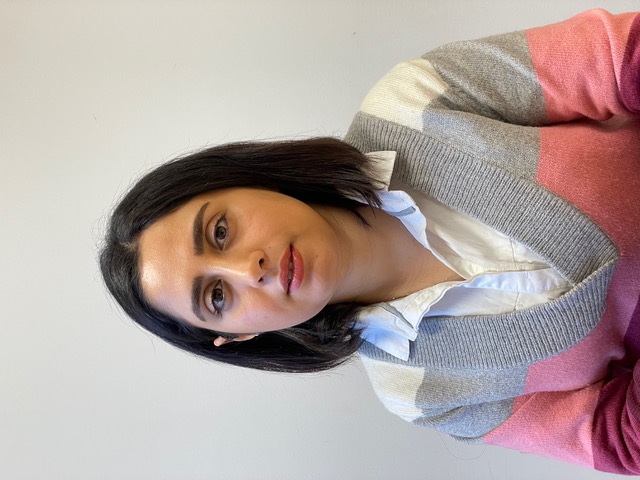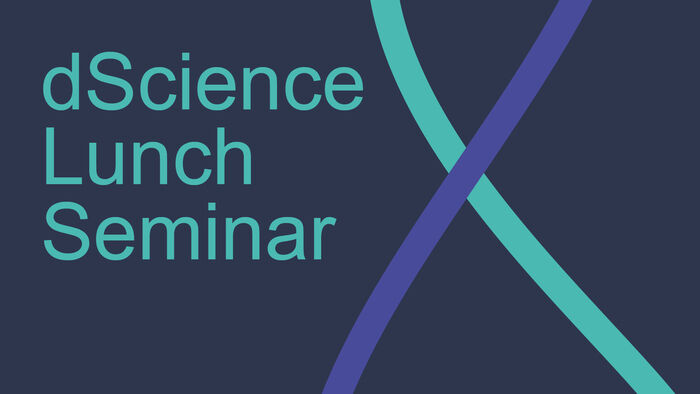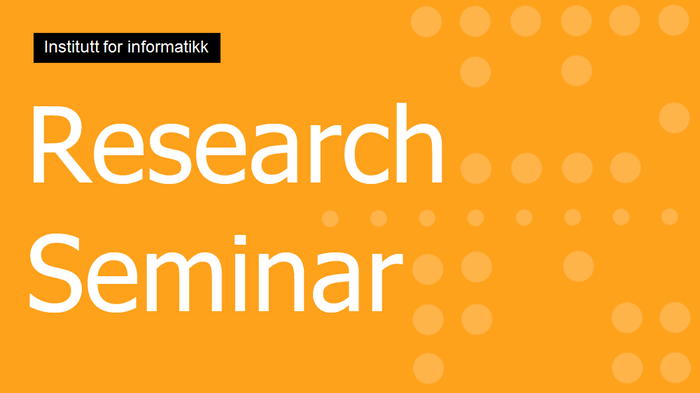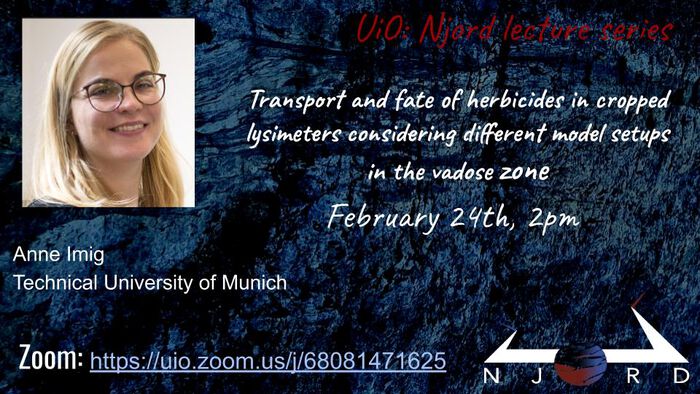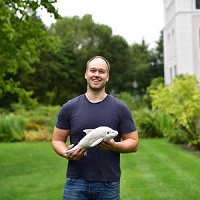Previous events - Page 49
Welcome to nex seminar of the semester, where we will host a talk by Laura Valencia (Doctoral Research Fellow, Lefevre-Nilsson Group, FYSCELL, IBV)
Update: This event is unfortunately cancelled. The General Assembly will be held digitally, with only invited attendees.
We welcome you all to the CENSSS General Assembly for 2023! The open session after lunch is open for all interested parties!
Open session with talks by Eörs Szathmáry, Joana C. Xavier, and Steve Crossan.
Ben Zwickl from Rochester Institute of Technology is back an even week:
This is an in-progress project, and I’m looking forward to an interactive discussion with lots of questions and feedback!
Our team has conducted 16 interviews with scientists from chemistry, physics, biology, and mathematics. Each interview delves into important tasks that incorporate computation as part of doing research and/or teaching.
Joanna Dziadkowieck, Postdoc Njord, UiO and
Paiman Shafabakhsh, Phd Njord, UiO
Hylleraas seminar, hosted in Tromsø
PhD candidate Lisa Schroer at the Department of Biosciences will be defending the thesis "The Histidine Methyltransferase Universe: Characterization of METTL9 and CARNMT1 – Two Novel Protein Histidine Methyltransferases" for the degree of PhD.
Welcome to our GEOHYD Lunch Seminar Friday 3rd of March @ 12:15 in Aud. 2, Geology building or via videolink using Zoom. The seminar is helt by Federico Covi, GeoHyd, UiO.
OceanSun’s floating solar island consists of a hydro elastic membrane attached to a flexible torus, providing a more cost-efficient alternative with natural cooling of the panels leading to increased efficiency. The current research focuses on the seakeeping characteristics of OceanSun’s FSPV concept specifically. Wave induced loads are of particular interest, as the feasibility of offshore installation strongly depends on environmental loads. Important responses of the membrane based FSPV are identified by the development of a global model based on linear potential flow theory, and linearly pre-tensioned membrane motions. Based on theory formulated by Grøn (2022), a modal analysis is used to describe the vertical displacement of the membrane-floater system. A numerical implementation of the theory in WAMIT is compared to experimental results from model-scaled tests.
Maryam Saberi, Researcher at Rosseland Centre for Solar Physics, University of Oslo.
Is it difficult to set aside time to write? The Academic Writing Centre organsises structured writing sessions for doctoral students.
PhD candidate Lane Atmore at the Department of Biosciences will be defending the thesis "Tracing the Early Origins of the Atlantic Herring Trade Using Ancient DNA" for the degree of PhD.
Felleskollokvium by prof. Erik Adli, Dept. of Physics, UiO
This event has been postponed. New date will be released.
SPARK Norway Educational Forum are monthly open meetings organized by UiO:Life Science and SPARK Norway partners.
QOMBINE seminar talks by Delphine Martres (University of Oslo) and Alexander Müller-Hermes (University of Oslo)
Nakajima quiver varieties are a class of combinatorially defined moduli spaces generalising the Hilbert scheme of points in the plane, defined with the aid of a quiver Q (directed graph) and a fixed framing dimension vector f. In the 90s Nakajima used the cohomology of these varieties (in fixed cohomological degrees, and for fixed f) to construct irreducible lowest weight representations of the Kac-Moody Lie algebras associated to the underlying graph of Q. Since the action is via geometric correspondences, the entire cohomology of these quiver varieties forms a module for the same Kac-Moody Lie algebras, suggesting the question: what is the decomposition of the entire cohomology into irreducible lowest weight representations?
In this talk I will explain that this question is somehow not the right one. I will introduce the BPS Lie algebra associated to Q, a generalised Kac-Moody Lie algebra associated to Q, which contains the usual one as its cohomological degree zero piece. The entire cohomology of the sum of Nakajima quiver varieties for fixed Q and f turns out to have an elegant decomposition into irreducible lowest weight modules for this Lie algebra, with lowest weight spaces isomorphic to the intersection cohomology of certain singular Nakajima quiver varieties. This is joint work with Lucien Hennecart and Sebastian Schlegel Mejia.
MHCI variability and fitness in blue tits (Cyanistes caeruleus)
Henning V. Myhrehagen, Karl Henrik Fredly, and Hannah Christine Sabo are working on separate research projects in Tor Ole Odden’s research group at CCSE. Their projects address computation/programming in different parts of physics education. Here are the abstracts of the three lightning talks they will give:
Join us at the department’s research seminar on 27. February, with the talk Language models under the hood, given by our Associate professor Andrey Kutuzov from the Language Technology Group
Anne Imig holds a master’s degree in environmental engineering. In 2019 she started her PhD studies at the Technical University of Munich which she is currently finishing.
Hylleraas seminar, hosted in Oslo
PhD candidate André Moan at the Department of Biosciences will be defending the thesis "Bycatches of harbour porpoises in Norwegian coastal gillnet fisheries: implications for management and conservation" for the degree of PhD.
Finding the optimal shape is a vivid research area and has a wide range of applications, e.g., in fluid mechanics and acoustics. Moreover, there is also a close link to image registration and image segmentation. In this talk, we consider shape optimization tasks as optimal control problems that are constrained by partial differential equations. From this perspective, state-of-the-art methods can be motivated by the choice of the metric on the set of admissible shapes. Moreover, a new approach for density based topology optimization is presented in the setting of Stokes flow. It is based on classical topology optimization and phase field approaches, and introduces a different way to relax the underlying infinite-dimensional mixed integer problem. We give a theoretically founded choice of the relaxed problems and present numerical results. Moreover, in order to show the potential of the new approach, we do a comparison to a classical approach. (joint work with Michael Ulbrich and Franziska Neumann)
A tropical curve is a graph embedded in R^2 satisfying a number of conditions. Mikhalkin's celebrated correspondence theorem establishes a correspondence between algebraic curves on a toric surface and tropical curves. This translates the difficult question of counting the number of algebraic curves through a given number of points to the question of counting tropical curves, i.e. certain graphs, with a given notion of multiplicity through a given number of points which can be solved combinatorially. To get an invariant count, real rational algebraic curves are counted with a sign, the Welschinger sign and there is a real version of the correspondence theorem. Furthermore, Marc Levine defined a generalization of the Welschinger sign that allows to get an invariant count of algebraic curves defined over an arbitrary base field. For this one counts algebraic curves with a certain quadratic form.
In the talk I am presenting work in progress joint with Andrés Jaramillo Puentes in which we provide a version Mikhalkin's correspondence theorem for an arbitrary base field, that is a correspondence between algebraic curves counted with the above mentioned quadratic form and tropical curves counted with a quadratic enrichment of the multiplicity. Then I will explain how to use this quadratic correspondence theorem to do the count of algebraic curves over an arbitrary base field.
